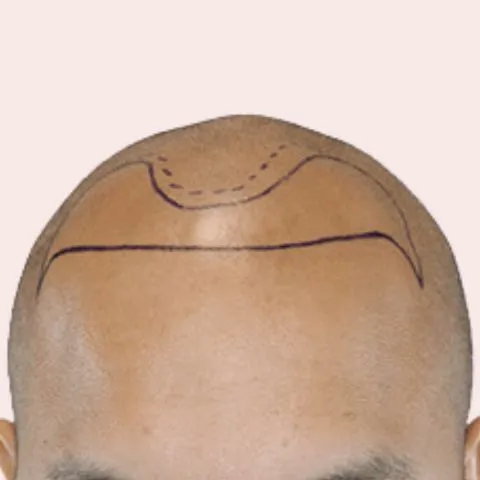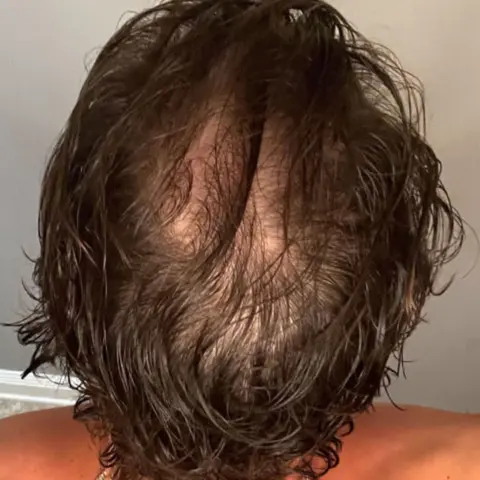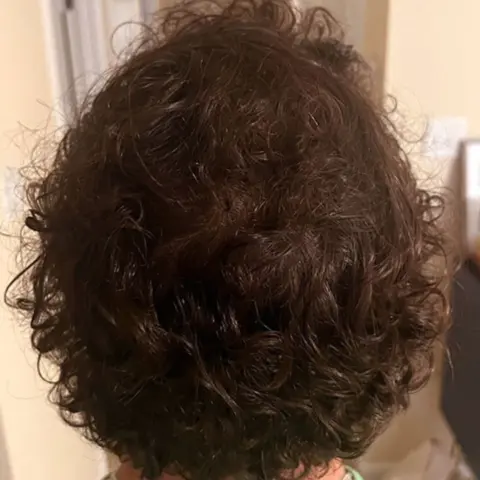

FUE (Follicular Unit Extraction) hair transplant is a minimally invasive hair restoration technique that involves the individual extraction of hair follicles from a donor area, usually the back or sides of the head, and their transplantation into the areas of hair thinning or baldness. The procedure aims to restore hair density and coverage in a natural-looking way by utilizing the patient's own hair follicles. FUE is widely popular due to its minimal scarring, precise follicle extraction, and faster recovery time compared to other hair transplant methods.
The advantages of FUE hair transplant compared to other hair restoration methods are numerous, which is why approximately 80% of hair transplants performed today are FUE. Some of the key benefits include:
- Minimally invasive: FUE involves the individual extraction of hair follicles, which means there is no need for a linear incision or strip of scalp to be removed, as in the case of FUT (Follicular Unit Transplantation). This results in a less invasive procedure and minimal scarring.
- Faster healing time: Due to its minimally invasive nature, FUE typically has a quicker recovery period compared to other hair transplant methods. Patients can generally return to their daily activities within a few days following the procedure.
- Minimal scarring: FUE leaves tiny, barely visible scars in the donor area that are often hidden by surrounding hair. This is in contrast to FUT, which can leave a more noticeable linear scar.
- Suitable for shorter hairstyles: Because of the minimal scarring, FUE is an ideal option for individuals who prefer to wear their hair short, as the scars are less likely to be visible.
- Precise follicle extraction: FUE allows the surgeon to selectively choose the most suitable hair follicles for transplantation, ensuring a higher success rate and a more natural-looking result.
- Less post-operative discomfort: Patients typically experience less pain and discomfort following FUE compared to other methods, as there is no linear incision or sutures involved.
- Flexibility in donor areas: FUE can be performed using hair follicles from different parts of the body, such as the beard or chest if there is insufficient hair in the traditional donor areas.
While FUE hair transplant offers many advantages, it is essential to consult with a qualified and experienced hair transplant surgeon to determine the most suitable hair restoration method for your individual needs and expectations.
Unshaven FUE hair transplant is a variation of the traditional FUE technique in which the donor area is not shaved before the extraction of hair follicles. This method allows patients to maintain their existing hairstyle and makes the hair transplant process less noticeable during the recovery period. It is especially appealing to those who want to maintain their privacy or who cannot take extended time off work to recover.
The unshaven FUE procedure follows the same steps as traditional FUE, with the primary difference being that the surgeon extracts the hair follicles without shaving the donor area. This requires a higher level of skill and precision from the surgeon, as they must navigate through existing hair while performing the extraction. While unshaven FUE may take longer to perform and could be more expensive than traditional FUE, it offers a more discreet option for patients who prioritize maintaining their hairstyle during the hair transplant process.
The FUE hair transplant procedure in Turkey typically involves several steps and can take anywhere from 4 to 8 hours, depending on the number of grafts required and the specific needs of the patient. The general steps of the FUE procedure are as follows:
1. Consultation and planning: Prior to the procedure, you will have a consultation with the hair transplant surgeon to discuss your goals, evaluate your hair loss, and determine the best approach for your individual case.
2. Preparing the donor area: The donor area, usually the back or sides of the head, is trimmed and cleaned to prepare for the extraction of hair follicles.
3. Local anesthesia: The surgeon administers local anesthesia to numb the donor and recipient areas, ensuring a comfortable experience during the procedure.
4. Extraction of hair follicles: Using specialized instruments, the surgeon extracts individual hair follicles from the donor area, ensuring minimal damage to the surrounding tissue.
5. Preparing the recipient area: Tiny incisions are made in the recipient area, where the hair follicles will be implanted. The surgeon takes into account the natural direction and angle of hair growth to create a natural-looking result.
6. Implantation of hair follicles: The extracted hair follicles are carefully implanted into the incisions in the recipient area. The surgeon ensures the correct placement, depth, and angle of the follicles for optimal results.
7. Post-operative care: After the procedure, the surgeon will provide you with detailed instructions for post-operative care, including how to clean and care for the treated areas, medications to manage pain or swelling, and any necessary follow-up appointments.
You may be a good candidate for an FUE hair transplant if you meet the following criteria:
- Sufficient donor hair: You must have enough healthy hair in the donor area (typically the back or sides of the head) to provide the required number of grafts for the transplant.
- Realistic expectations: It's important to have realistic expectations about the results of the hair transplant. While FUE can significantly improve the appearance of thinning or balding areas, it may not restore the same density of hair you had before hair loss began.
- Progressive hair loss pattern: If your hair loss pattern is stable or predictable, you may be a better candidate for an FUE hair transplant. This is because the surgeon can better plan the placement of the grafts to achieve long-lasting results.
- Good overall health: As with any surgical procedure, it's important to be in good overall health to minimize the risk of complications and promote successful healing.
- Age considerations: While there is no strict age requirement for FUE hair transplants, younger patients with ongoing hair loss may be advised to wait until their hair loss pattern stabilizes. This helps to ensure a more predictable outcome and reduces the likelihood of needing additional procedures in the future.
- Willingness to follow post-operative care instructions: Proper care of the transplant site and adherence to your surgeon's post-operative instructions are essential for a successful outcome. Patients who are committed to following these guidelines are more likely to achieve the best results.
It's important to consult with a qualified hair transplant surgeon to determine if you are a suitable candidate for an FUE hair transplant. They will evaluate your individual case and discuss the best approach for your specific needs.
The cost of an FUE hair transplant in Turkey is generally more affordable than in Western Europe and the USA. While the exact cost of the procedure can vary depending on the clinic, the surgeon's experience, and the number of grafts required, it is not uncommon for patients to save up to 50% or more on the cost of their hair transplant by choosing Turkey as their destination for treatment.
On average, the cost of an FUE hair transplant in Turkey ranges from $2,000 to $5,000, whereas in Western Europe and the USA, the same procedure can cost between $7,000 and $15,000 or more.
It's important to note that the lower cost of hair transplant procedures in Turkey does not necessarily mean lower quality. Many Turkish clinics and surgeons are highly experienced and skilled in performing FUE hair transplants, often using state-of-the-art equipment and techniques. Additionally, Turkey has become a popular destination for medical tourism, with many clinics offering comprehensive packages that include accommodation, transfers, and aftercare services, further enhancing the value of undergoing a hair transplant in Turkey.
Choosing Elara Medical Tourism for your FUE hair transplant procedure in Turkey offers several advantages:
1. Experienced and skilled surgeons: We collaborate with highly qualified and experienced hair transplant surgeons who have performed numerous successful FUE hair transplant procedures, ensuring that you receive the best possible care and results.
2. Affordable prices: We understand that cost is a significant consideration for many patients seeking hair transplant procedures. At Elara Medical Tourism, we offer competitive prices for FUE hair transplant procedures without compromising on quality, making them more accessible to a wider range of patients.
3. Comprehensive packages: We provide comprehensive hair transplant packages that include not only the procedure itself but also accommodations, transfers, and aftercare services. This ensures a smooth and stress-free experience from start to finish, allowing you to focus on your recovery and enjoy your time in Turkey.
4. Personalized care: At Elara Medical Tourism, we prioritize your individual needs and preferences. Our team works closely with you to create a personalized treatment plan and ensure that you receive the best possible care and support throughout your hair transplant journey in Turkey.
5. Commitment to patient satisfaction: We are dedicated to providing exceptional service and ensuring that you are satisfied with your experience at Elara Medical Tourism. From the initial consultation to your post-operative care, we are here to support you every step of the way, addressing any concerns and ensuring that you have the best possible outcome from your FUE hair transplant procedure.


FUE Magic


Unlocking Beauty with FUE





